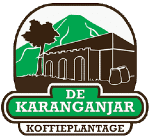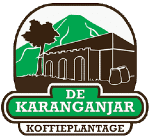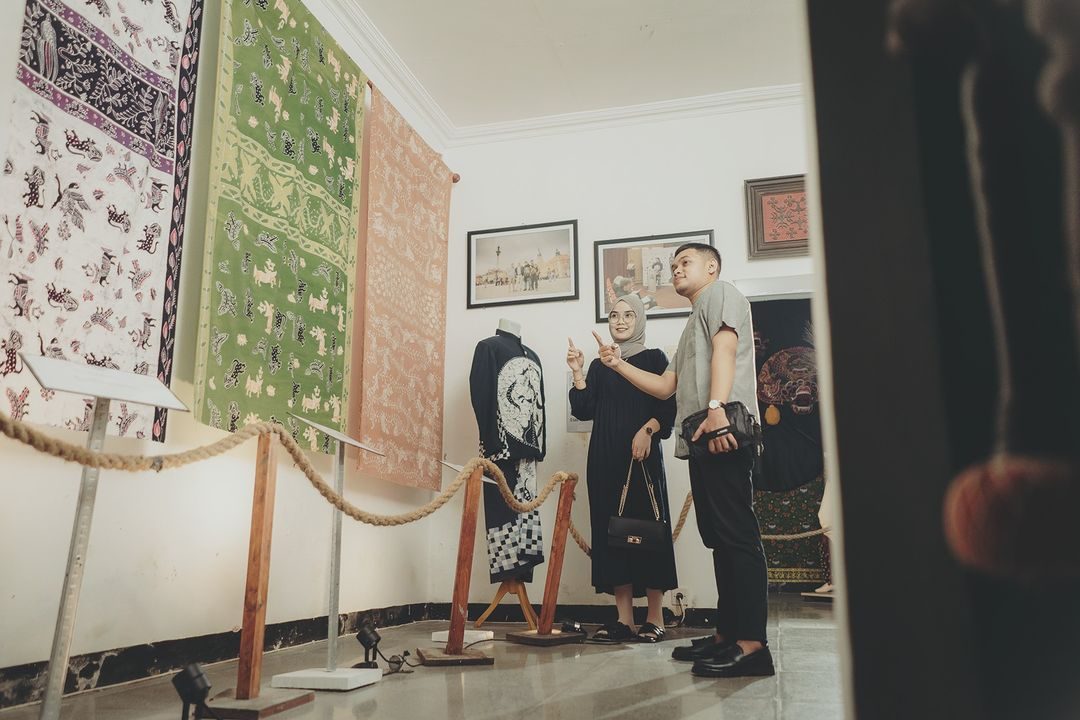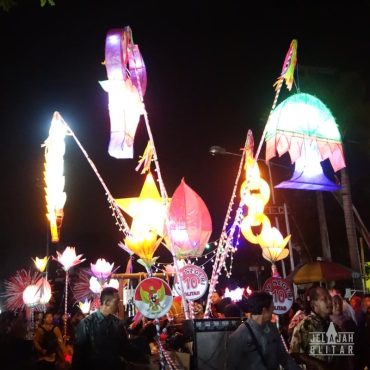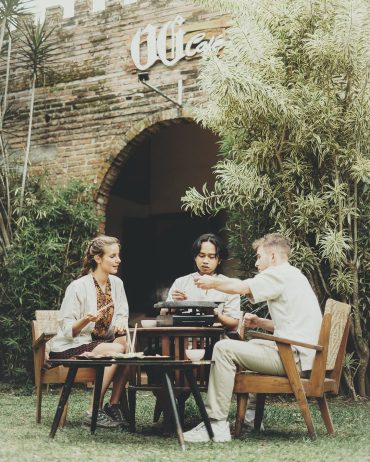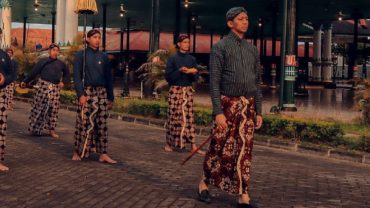Have you heard of Blitar's signature Batik?
If not, you might be surprised by its interesting history.
Originally from a museum collection in Leiden, Netherlands, this batik was only realised by the Blitar community in 2007, thanks to Wima Brahmantya from the Blitar District Arts Council (DKKB).
Formerly known as "Batik Afkomstig Uit Blitar, 1902," it was officially changed to Batik Tutur in 2012.
The name "Tutur" itself is taken from the old Javanese word "pitutur," which means advice, a heritage of local wisdom that is now revived in this meaningful fabric work.
Batik Afkomstig Uit Blitar is essentially Blitar's cultural heritage that has been forgotten for more than a century.
The motif, known as the batik tutur motif, is one example of an ancient batik design unique to Blitar.
In 2012, DKKB and a community of Blitar artists took an important step to revive this batik, renaming it Batik Tutur and publishing it officially.
This name change has a deep meaning. "Tutur" comes from the word "pitutur," an old Javanese word meaning advice.
The choice of this name is not only intended to be easier to remember and pronounce by the public, but also to emphasise that Batik Tutur carries a moral message, wise advice that has been passed down from generation to generation in Javanese culture.
Even so, the origin of batik in Blitar is still a matter of debate among cultural experts.
Some argue that Blitar batik developed due to the influence of Yogyakarta or Surakarta Palace.
Trade and territorial relations in the past may have allowed batik culture from these palaces to spread to surrounding areas, including Blitar.
Another opinion suggests that Sultan Agung Hanyokrokusumo's 1633 invasion of the eastern part of Java, including Blitar and Blambangan, may have brought the influence of Islamic Mataram Kraton Batik to this area.
In other words, Batik Blitar may be the result of a complex cultural interaction that lasted for centuries.
Besides Batik Tutur, Blitar also has another batik production centre that is no less unique, namely Kampung Batik Kembang Turi.
The village is known for its signature motifs, Kembang Turi and Koi Fish. Kembang Turi is a plant that can grow in various conditions, which philosophically symbolises survival.
Meanwhile, Koi fish in Asian cultures are often regarded as symbols of kindness, success and perseverance.
The combination of these two motifs reflects the character of Blitar people who are resilient, full of kindness, and able to adapt to all challenges.
The batik-making technique in Kampung Batik Kembang Turi also has its own characteristics. The colouring process and the creation of motifs that they use today are heavily influenced by the results of training from the government as well as training organised by the Association of Original Blitar Batik (ABABIL).
The colours that dominate batik from this village are red, green and black.
Interestingly, the red colour that often appears in Kembang Turi batik is indicated as a result of local political involvement, indicating that batik is not only a product of art, but also a reflection of the surrounding social and political situation.
The colouring technique used is mostly remasol dye with the colet method, which allows the creation of bright and bold colours.
In addition to the Kembang Turi and Koi Fish motifs, batik from Kampung Batik Kembang Turi also features a combination of other typical Blitar motifs such as Gendang, Bung Karno's Tomb, and Lotus. Each of these motifs has a strong symbolic meaning and represents the identity of Blitar city.
For example, Bung Karno's tomb is certainly a tribute to the nation's proclamator, while the Lotus is a symbol of purity and wisdom.
Interestingly, although the batik motif designs here tend to be simple, the manufacturing process pays close attention to detail, with a repetition pattern referred to as a single repeat.
This ensures that the resulting motif has an aesthetic harmony and balance, even without the addition of elaborate decorative elements or isen-isen.
In the process of batik creation, the artisans in Kampung Batik Kembang Turi often draw inspiration from their neighbourhood, consumer demand, and elements of local culture.
One important characteristic of the batik motifs in this village is the use of curved lines as supporting elements, which function as a complement to the main motif.
This line element is crucial in producing a smooth and harmonious motif composition.
More than just a cloth, batik in Blitar - both Batik Tutur and Batik Kembang Turi - is a work of art full of philosophical meaning and historical value.
Every stroke of the canting, every motif created, involves the feelings, thoughts and spirit of the artisans.
In each piece of batik, we can feel the living cultural heritage, the wise advice passed on from generation to generation, and the rich history spun in the threads of tradition.
Batik Blitar is not only a symbol of regional identity, but also a tangible manifestation of Indonesia's invaluable cultural wealth.
For those of you who want to see the beauty of Batik Tutur and other batik collections from Blitar in person, the Noegroho Museum at De Karanganjar Koffieplantage is the place to visit.
In this museum, you will not only be presented with meaningful batik works, but also the opportunity to explore the history and philosophy contained in each piece of cloth.
The museum bears witness to Blitar's long journey of batik, from its heritage to its modern revitalisation, making it the perfect destination for lovers of traditional culture and art.
